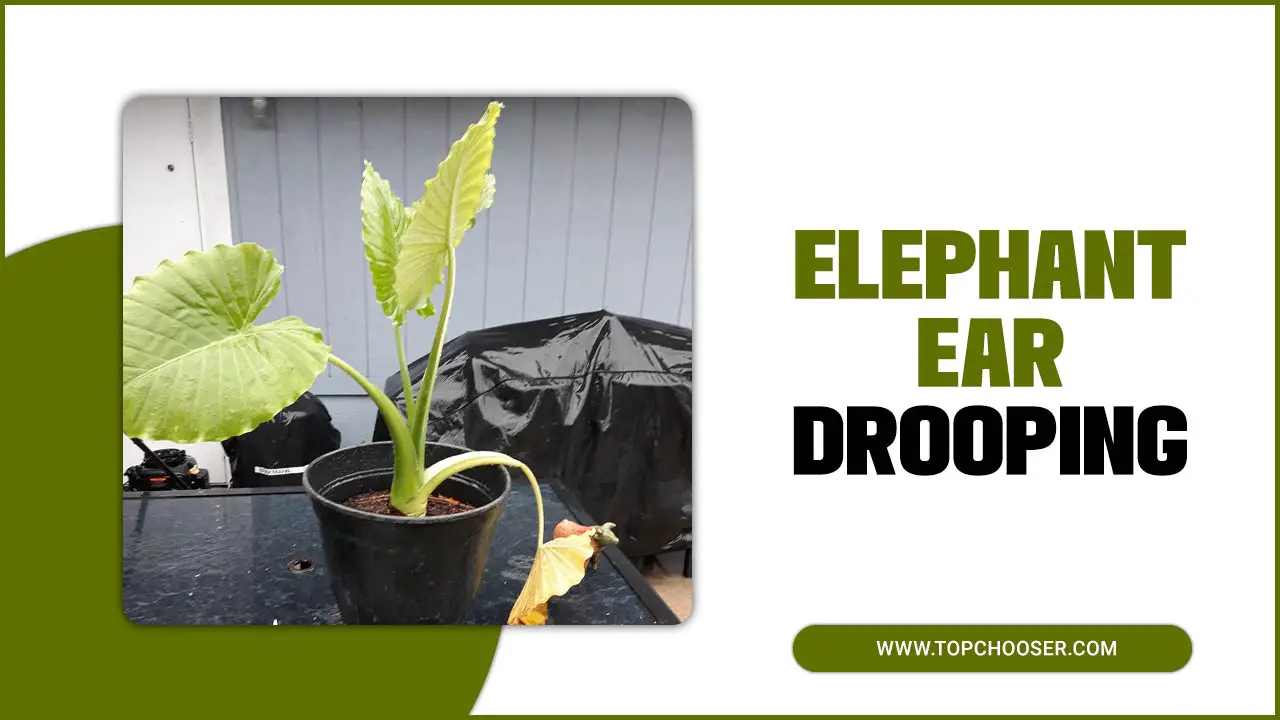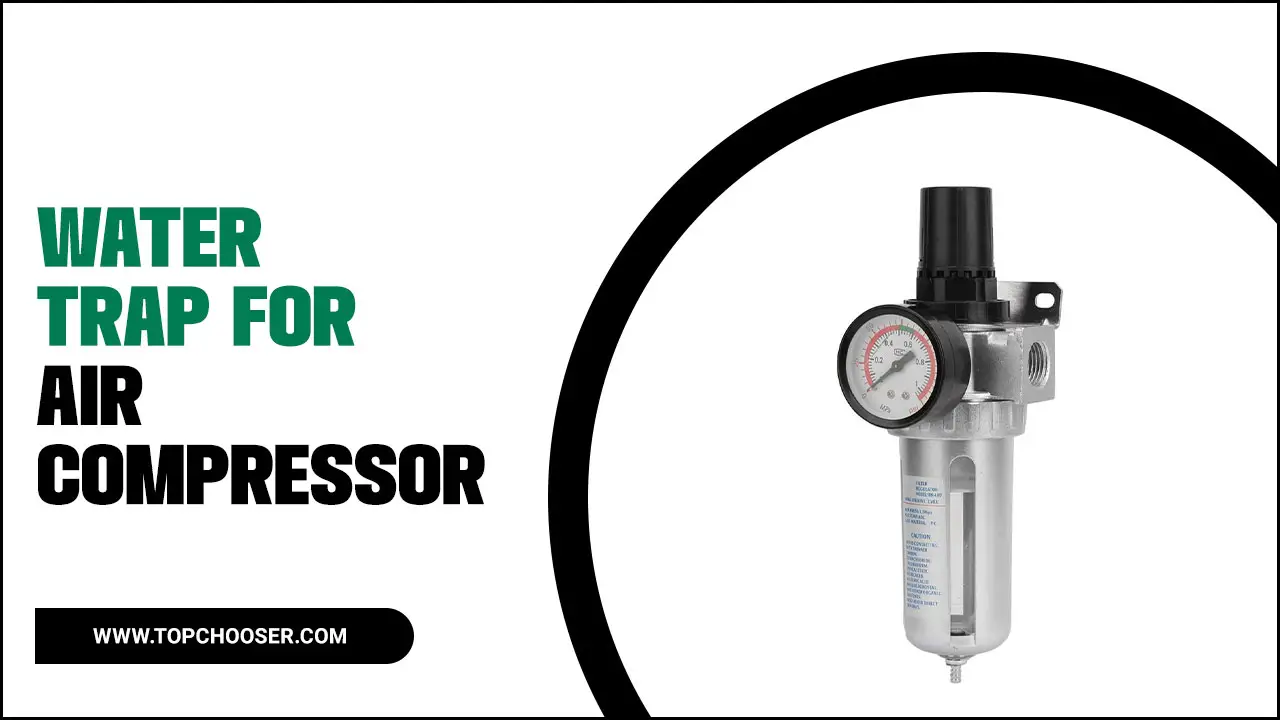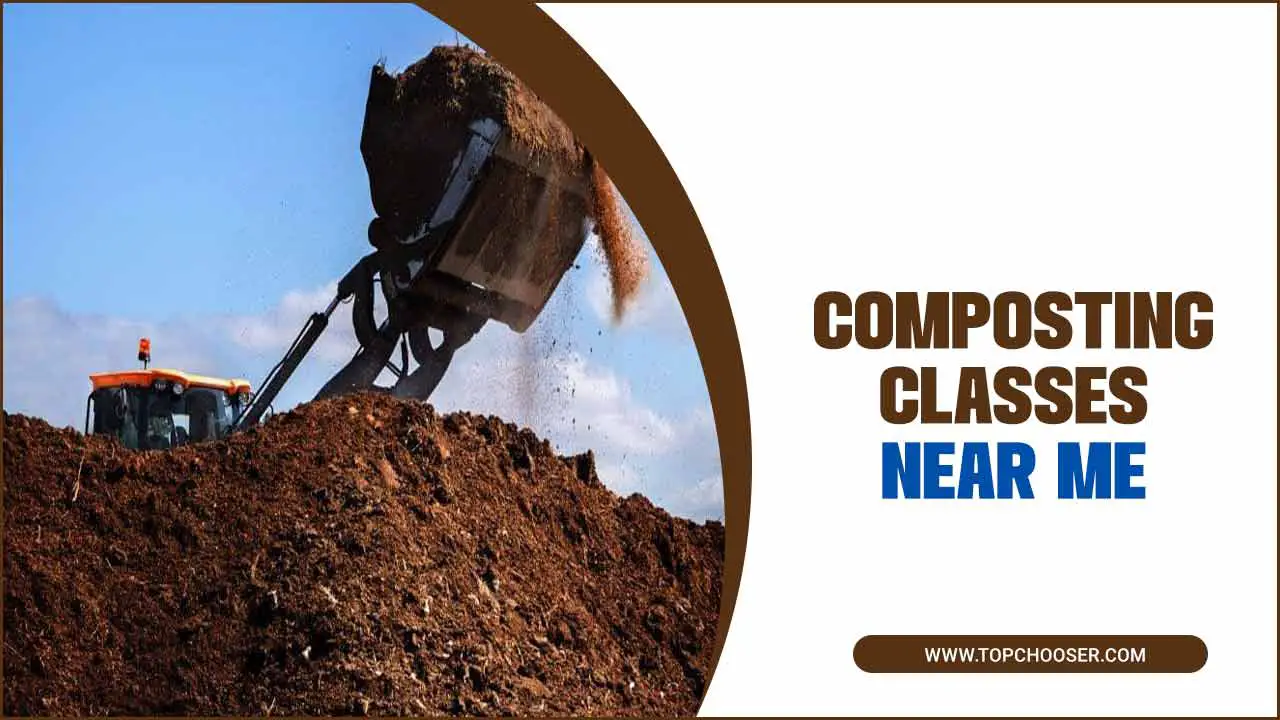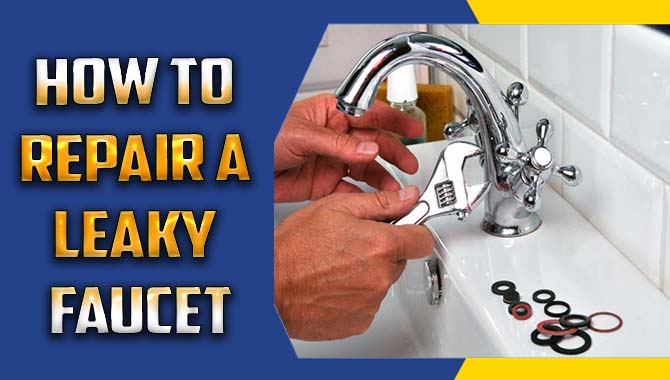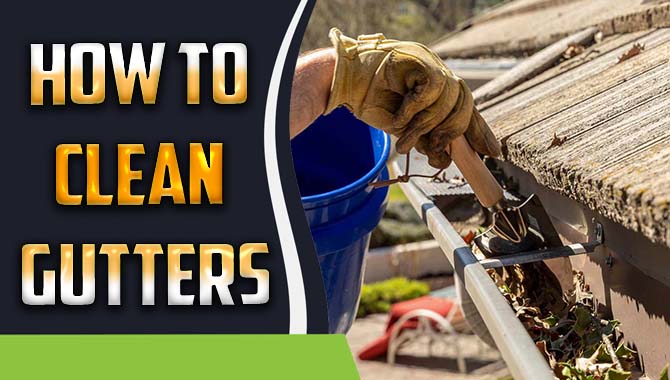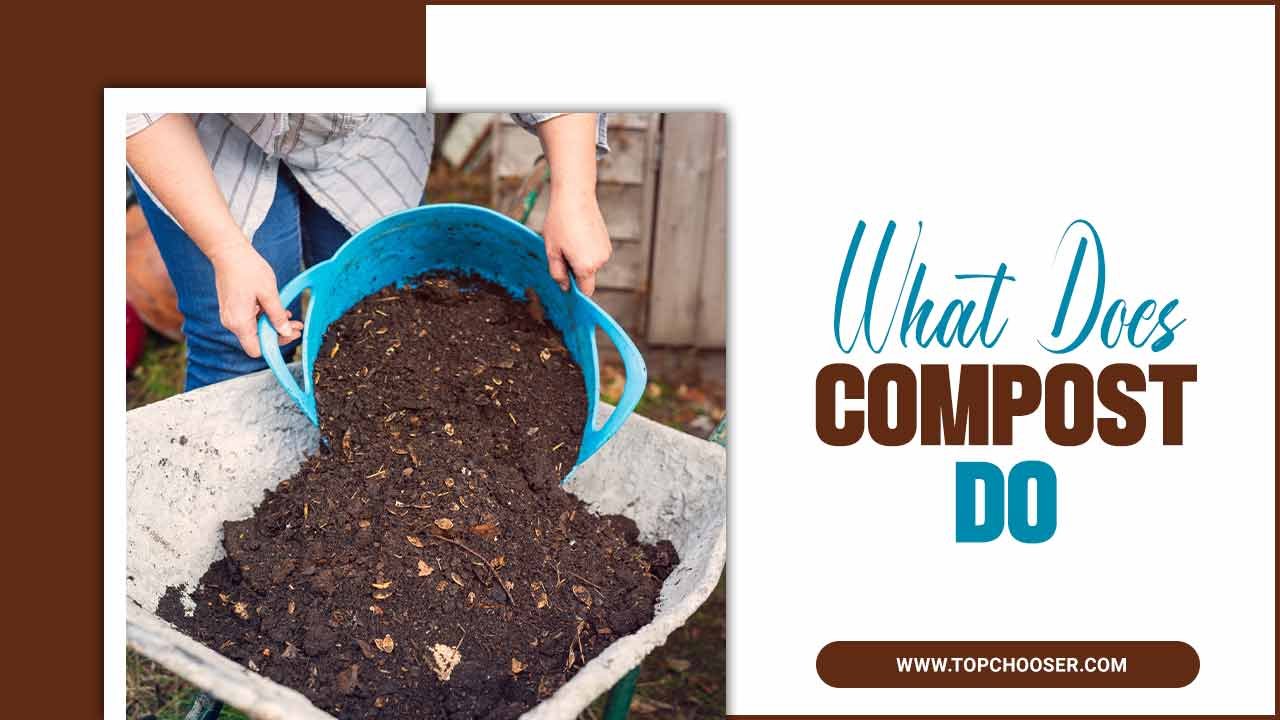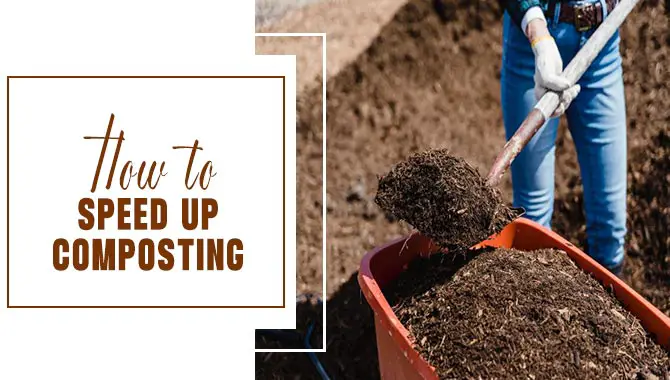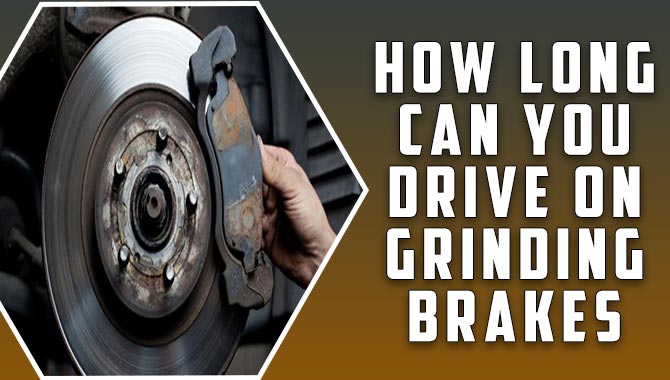Homeowners are responsible for ensuring their homes are safe and healthy for themselves and their families. One of the most common problems homeowners face is black mold on subfloor.
Not only is black mould unsightly, but it can also pose a significant health risk to those living in the home. Therefore, it is crucial to address this problem immediately and effectively. However, removing black mould from subfloors can be a daunting task. That’s where this blog post comes in.
Here, we will provide you with a comprehensive guide on how to remove black mold on subfloors. We will cover different methods and tools that you can use to effectively eliminate black mould and prevent it from returning. We will also discuss the importance of proper safety measures to protect yourself and your loved ones during removal.
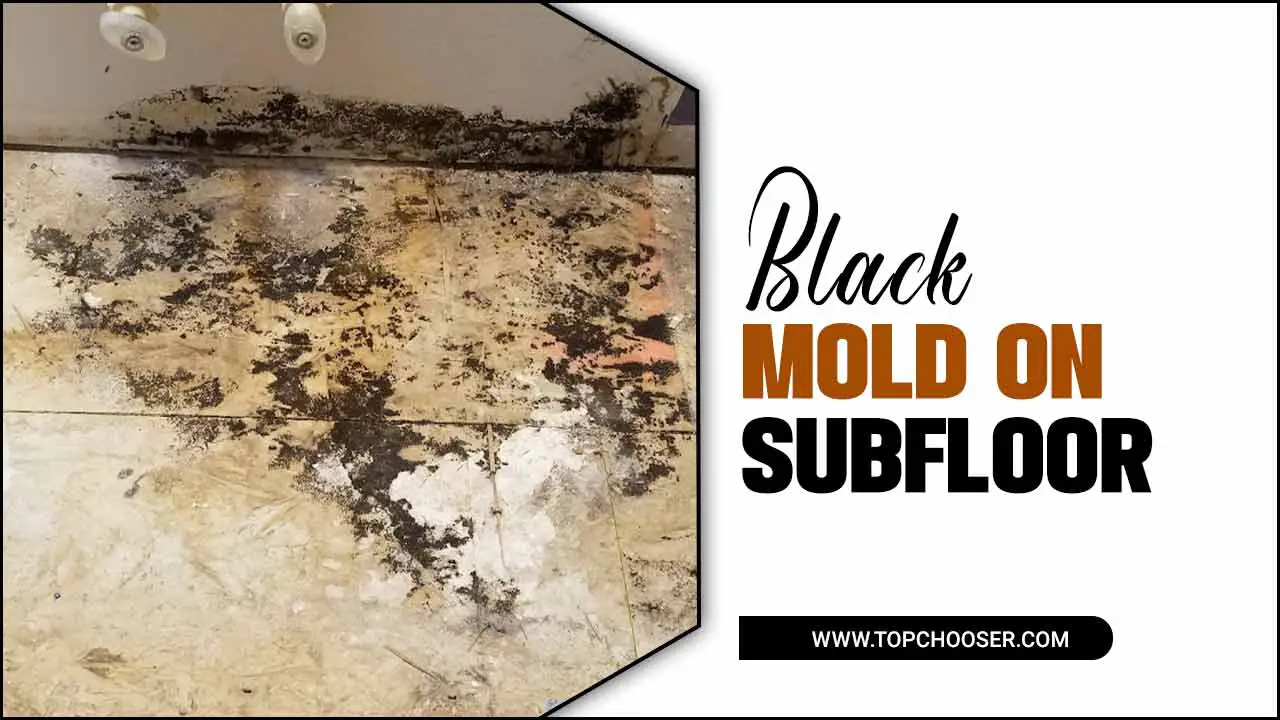
How To Remove Black Mold On Subfloor For Your Home
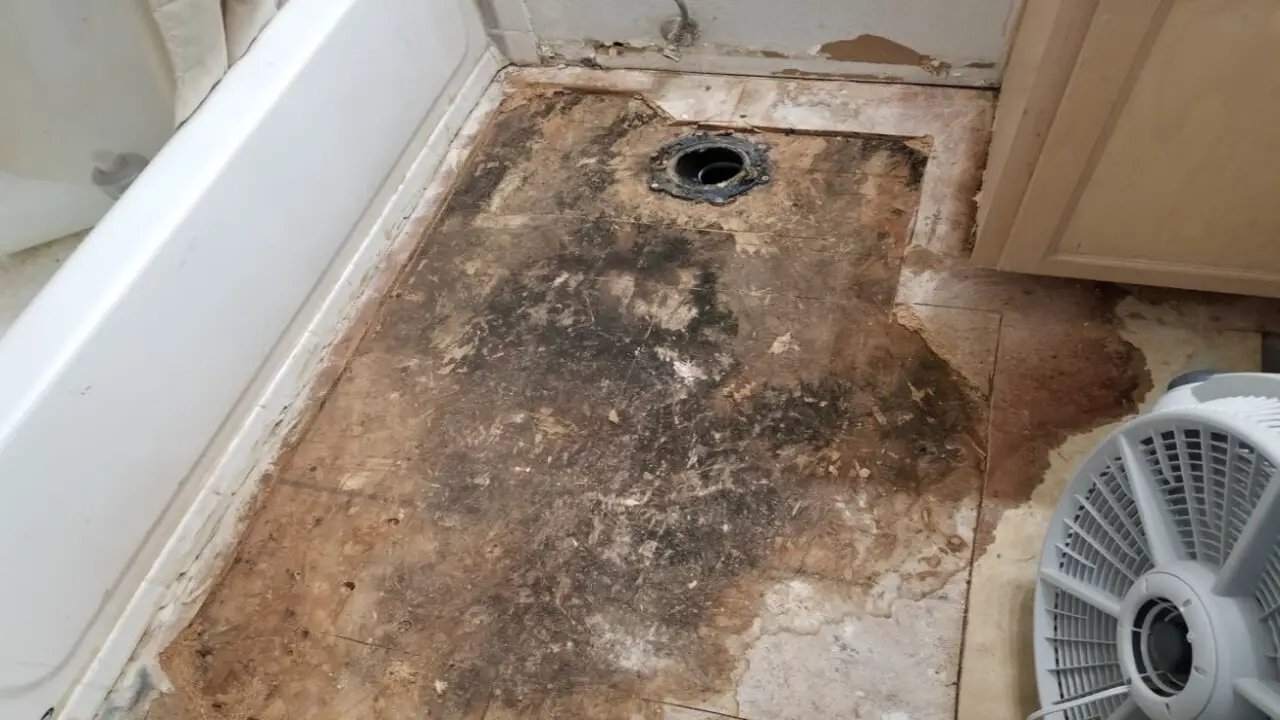
To effectively remove black mold on the subfloor, it is important first to identify the signs of its presence, such as musty odours or discolouration. Prioritize safety by wearing protective gear and sealing off the affected area. Remove any affected materials like carpet or flooring to access the subfloor.
Clean the subfloor using appropriate cleaning solutions and techniques. Don’t forget to address the underlying cause of mould growth, such as plumbing leaks or high humidity levels. Here is the solution to remove black mold on subfloor.
Safety Precautions Before Removing Black Mould
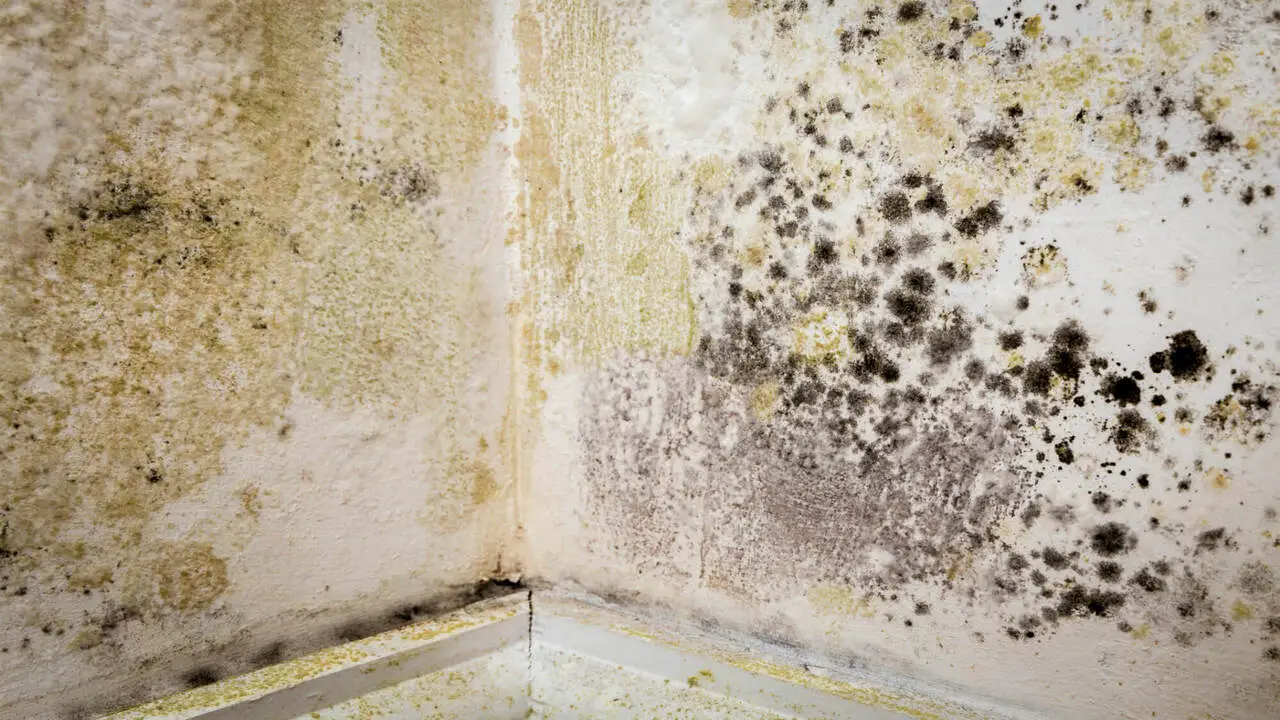
When dealing with black mould on a subfloor, it is important to take proper safety precautions before attempting to remove it. Black mould can release spores that can be harmful if inhaled or come into contact with the skin.
Before starting the removal process, wear protective clothing such as gloves, goggles, and a respirator mask to minimize exposure. Additionally, ensure that the affected area is well-ventilated by opening windows or using fans.
To avoid spreading mould spores, it is recommended to seal off the area with plastic sheeting and tape. Suppose the mould covers a large area, or you are unsure how to remove it safely. In that case, it is best to consult a professional mould remediation specialist with the expertise and equipment to handle the situation effectively and safely.
Tools And Materials Needed For Removing Black Mould
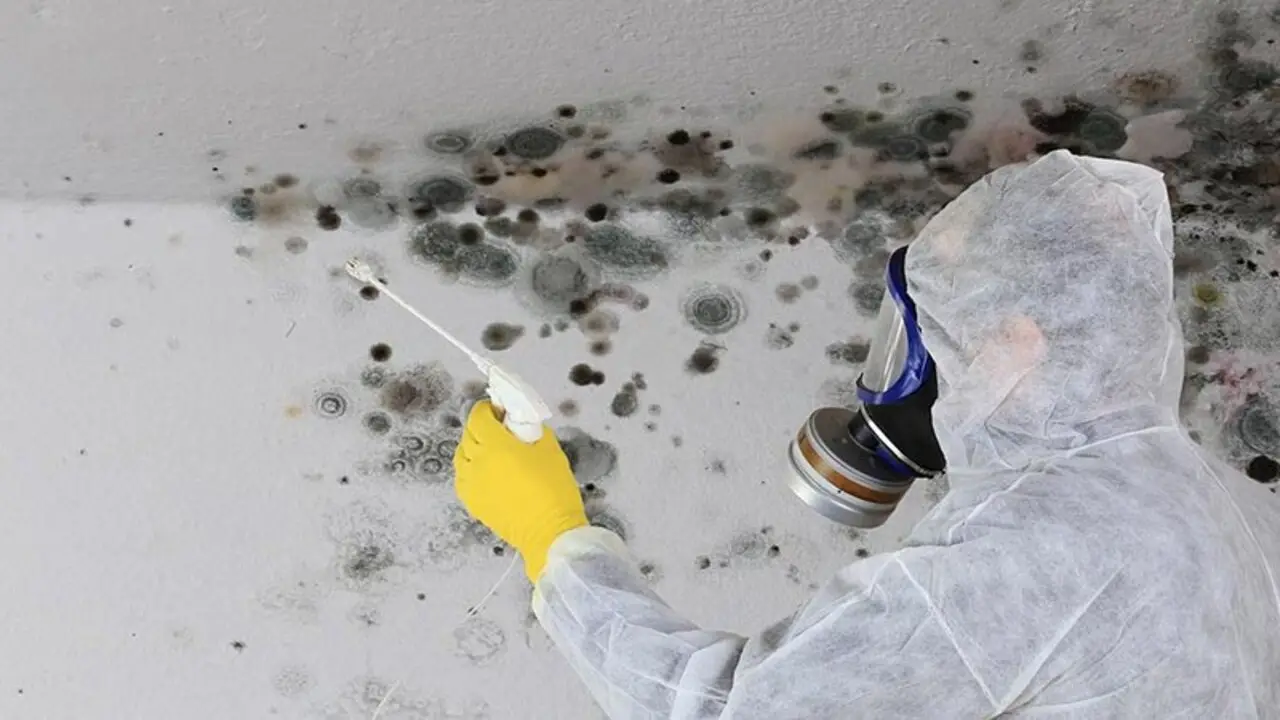
The black mold on the subfloor had spread to other areas of the room, creating an unsightly and potentially hazardous situation. When dealing with black mould on a subfloor, it is important to have the right tools and materials to remove and remediate the mould properly. Here are some of the essential items you will need:
– Personal protective equipment (PPE): This includes gloves, goggles, and a respirator mask to protect yourself from exposure to mould spores.
– Mold Cleaner: Look for a commercial mould cleaner to kill and remove black mould. Make sure it is safe for use on subfloors.
– Scrub brush: A stiff-bristled brush will help remove mould from the subfloor surface.
– Plastic sheets: Use plastic sheets to cover any adjacent areas or furniture to prevent cross-contamination during removal.
– Trash bags: Plenty of sturdy trash bags are on hand to dispose of any contaminated materials.
– Dehumidifier: After removing the mould, it is important to control moisture levels in the area. A dehumidifier can help prevent future mould growth.
Remember, safety should be your top priority when dealing with black mould. If you are unsure how to remove the mould properly or if the affected area is extensive, it may be best to consult a professional mould remediation company.
Identifying The Extent Of The Mold Damage
Identifying the extent of the mold damage on a subfloor is crucial for determining the appropriate course of action for remediation. Black mold, also known as Stachybotrys chartarum, can be particularly concerning as it can release mycotoxins that may pose health risks.
When inspecting a subfloor for black mold, it is important to look for visible signs such as black or dark green patches and a musty dour. However, it is equally important to assess the extent of the damage beyond what is immediately visible.
This may involve removing flooring materials or conducting air quality testing to determine if there are elevated levels of mold spores in the indoor environment. Consulting with a professional mold remediation specialist can help ensure proper identification and assessment of black mold on a subfloor.
Removing Water-Damaged Subfloor
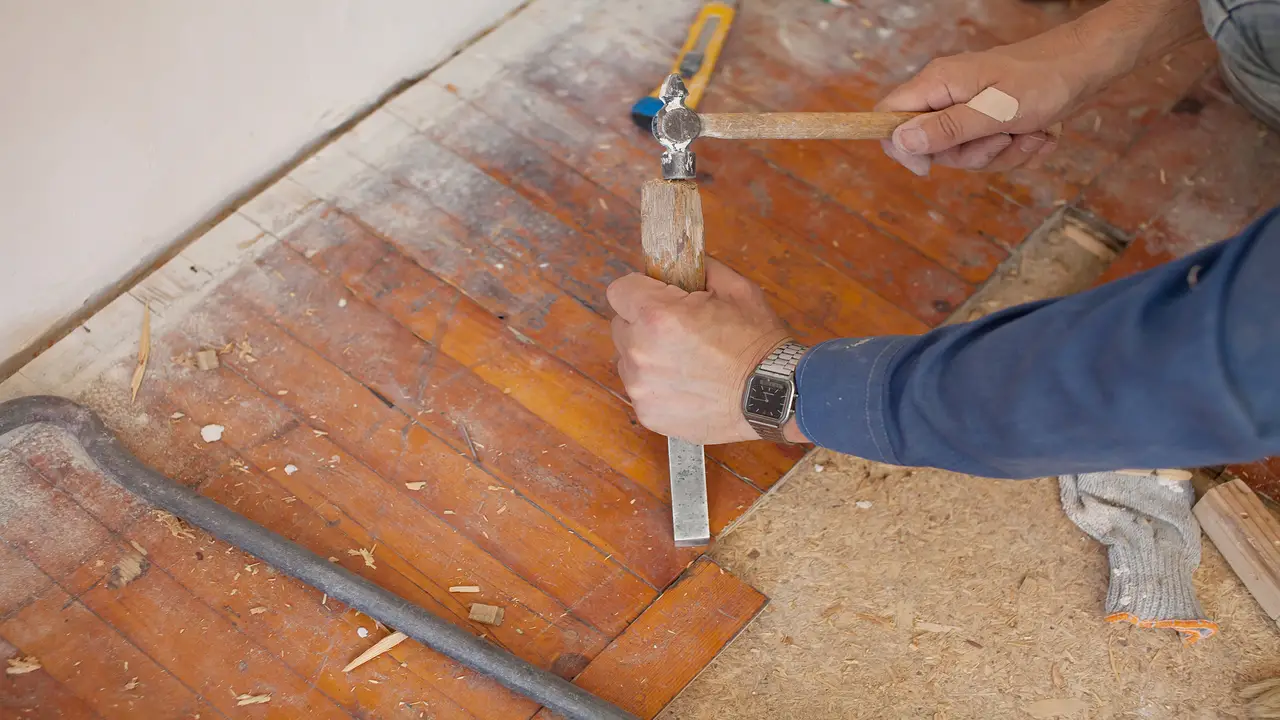
To effectively remove water-damaged subfloors, it is crucial to address black mold as soon as possible due to its serious health hazards. Begin by identifying and fixing the source of moisture that caused mold growth. Wear protective gear like gloves, goggles, and a mask to prevent exposure to mold spores.
Remove any damaged materials, such as carpet or insulation, and dispose of them properly. Thoroughly clean the subfloor using a mixture of bleach and water or a commercial mold remover. Ensure the area is completely dry before replacing any materials or flooring.
Removing Mold-Infested Subfloor
Removing mould-infested subfloors is crucial to avoid potential health risks associated with black mold. To begin, identify and resolve the source of moisture causing mold growth. Ensure proper safety measures, including wearing protective gear and using a respirator.
Depending on the extent of the infestation, removal of the affected area or replacement of the entire subfloor may be necessary. It is advisable to consult with a professional mold remediation specialist for proper removal and disposal of mold-infested materials. Addressing the issue promptly is essential for a safe and healthy environment.
Applying Mold-Resistant Coatings
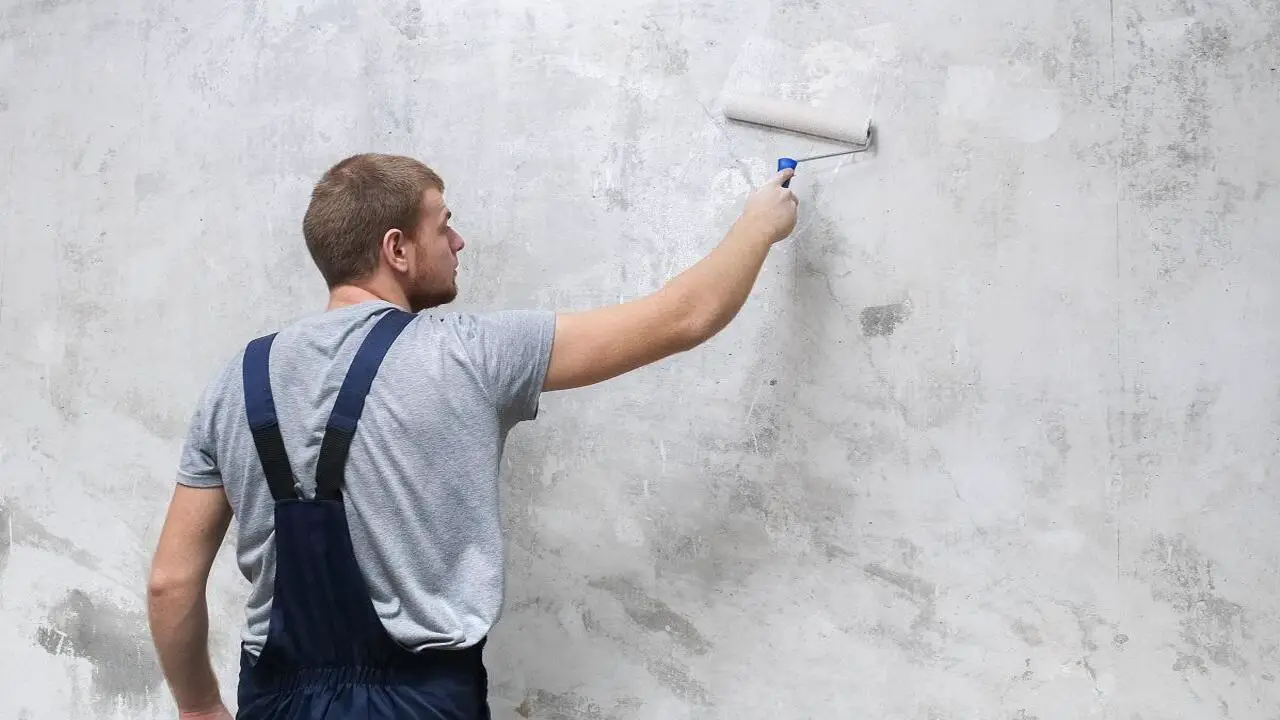
Applying mold-resistant coatings can help address the issue of black mould on subfloors. These coatings are specially designed to prevent the growth of mold and can be directly applied to the affected areas. Before the application, it’s crucial to thoroughly clean and dry the subfloor to eliminate any existing mold.
Once the coating is in place, it forms a protective barrier that inhibits the growth of mold spores and prevents future outbreaks. This preventive measure ensures homeowners a safer and healthier environment for themselves and their families.
Preventing future black mold growIt’st’s crucial to address the issue promptly to prevent future black mould growth. First, identify and fix the source of moisture that caused the molWearear protective gear like gloves and a mask to avoid inhalation or skin cont when removing black mould.
Clean the affected area with bleach and water or a commercial mold cleaner. After cleaning, ensure the subfloor is thoroughly dried to prevent mold growth. Lastly, seal or replace any damaged materials such as wood or carpeting that the mould may have affected.
Cleaning Up After Removing Black Mold
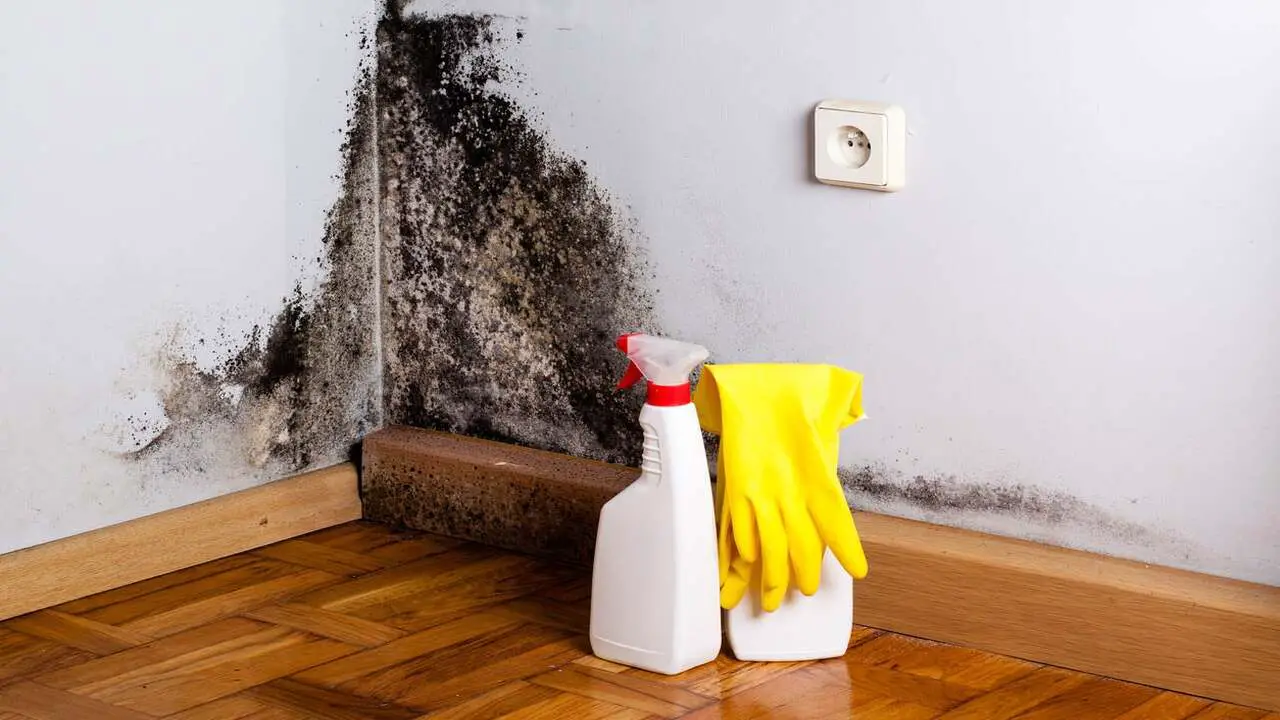
Thoroughly clean the area after removing black mold from a subfloor to prevent spore spread. Use a vacuum with a HEPA filter for loose mold particles. Wipe the affected area with water, detergent, or a commercial mold cleaner. Ensure the area is completely dry before applying sealants or new flooring materials. Address the underlying cause of mold growth, like moisture or water damage, to prevent future issues.
Conclusion
Protecting your home from black mold is essential for the health and safety of your family. If you’ve discovered black mold on your subfloor, it’s important to take immediate action to remove it and prevent further damage.
Black mold can cause respiratory issues and other health problems, so tackling the problem head-on is crucial. Start by identifying the moisture source causing the mold growth and address it. Then, use proper protective gear and cleaning solutions to remove the mold from your subfloor safely.
Remember to properly dispose of any contaminated materials and thoroughly clean the area to prevent recontamination. If you’re unsure about how to handle black mold removal, it’s best to consult with a professional who can guide you through the process. We have provided bulk information for black mold on subfloor and hope our information was helpful from your perspective.
Frequently Asked Questions
[rank_math_rich_snippet id=”s-ac0967d4-55af-4db8-b956-fa9f6bf0ff3b”]

I am passionate about home engineering. I specialize in designing, installing, and maintaining heating, ventilation, and air conditioning systems. My goal is to help people stay comfortable in their homes all year long.

